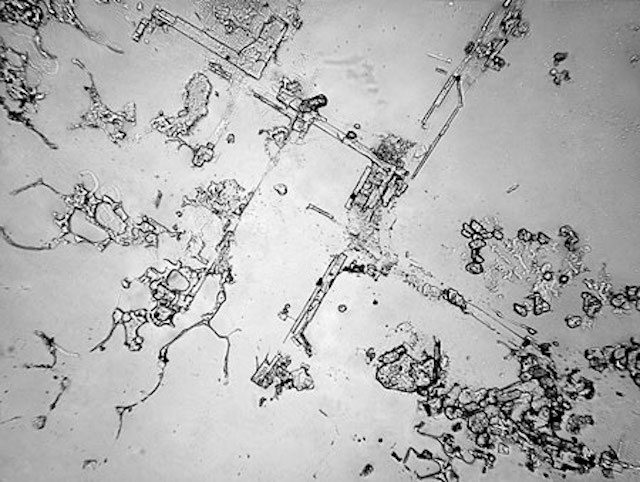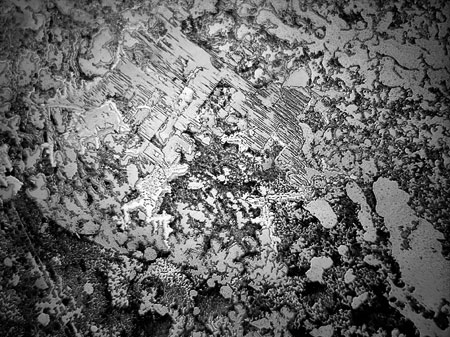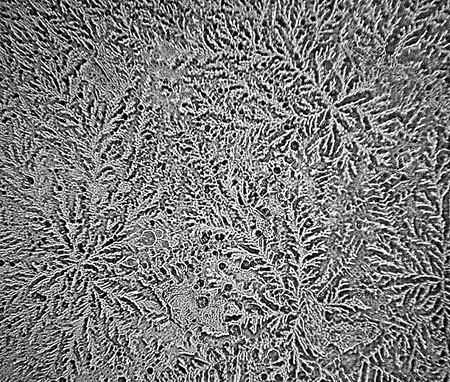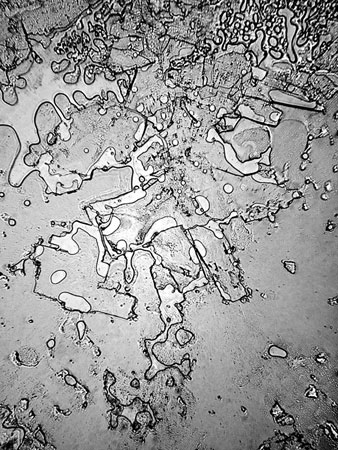Did You Know Your Tears Of Joy And Sorrow Look Really Different Under The Microscope?
Tears are tears right? Who would have thought they would look completely different under a microscope? Joy and sadness are different emotions, and as it turns out they're also very different when looked at closely.
Photographer Rose-Lynn Fisher captures tears of grief, joy, laughter and irritation in extreme detail. This image shows tears of timeless reunion.
As part of a new project called “Topography of Tears,” photographer Rose-Lynn Fisher is using microscopes to explore an unexpected view of a very interesting subject: dried human tears.
Over the past several years, Fisher collected human tears - her own and others - that accompany a wide range of feelings, including elation, sorrow, frustration, and rejection.
She's even got tears from chopping onions and those of a newborn.
She put dried tears from all different kinds of situations under the microscope to see what's different between them all. Speaking about the project, Fisher says:
“I started the project about five years ago, during a period of copious tears, amid lots of change and loss—so I had a surplus of raw material,” Fisher says.
Fisher said to Joseph Stromberg of The Smithsonian's Collage of Arts and Sciences blog. After realizing that "everything we see in our lives is just the tip of the iceberg," visually speaking, she wondered what a tear looked like up close.
"It was really interesting. It looked like an aerial view, almost as if I was looking down at a landscape from a plane. Eventually, I started wondering - would a tear of grief look any different than a tear of joy? And how would they compare to, say, an onion tear?"
This idle musing ended up launching a multi-year photography project in which Fisher collected, examined and photographed more than 100 tears from both herself an a handful of other volunteers, including a newborn baby.
Scientifically, tears are divided into three different types, based on their origin
Psychic tears (happiness, sadness) are caused by extreme emotions. Basal tears are made to keep the cornea lubricated. Reflex tears (onions, tear gas) come out in response to something else.
All tears are mainly composed of water and salts, with accompanying biological substances like antibodies and antibacterial enzymes. And according to studies, the composition of emotional or psychic tears are different than those caused by eye irritants. For example, emotional tears have more protein-based hormones.
But how do tears of joy and tears of sorrow, which come from the same place, end up looking different?
Because of circumstance. As any chemist would tell you, the crystallization of salt is highly dependent on a variety of factors.
So keep in mind that the same emotional tears may crystallize into vastly different shapes and formations under slightly different circumstances. Regardless, that does not diminish our joy in viewing Fisher's remarkable micrographs.







